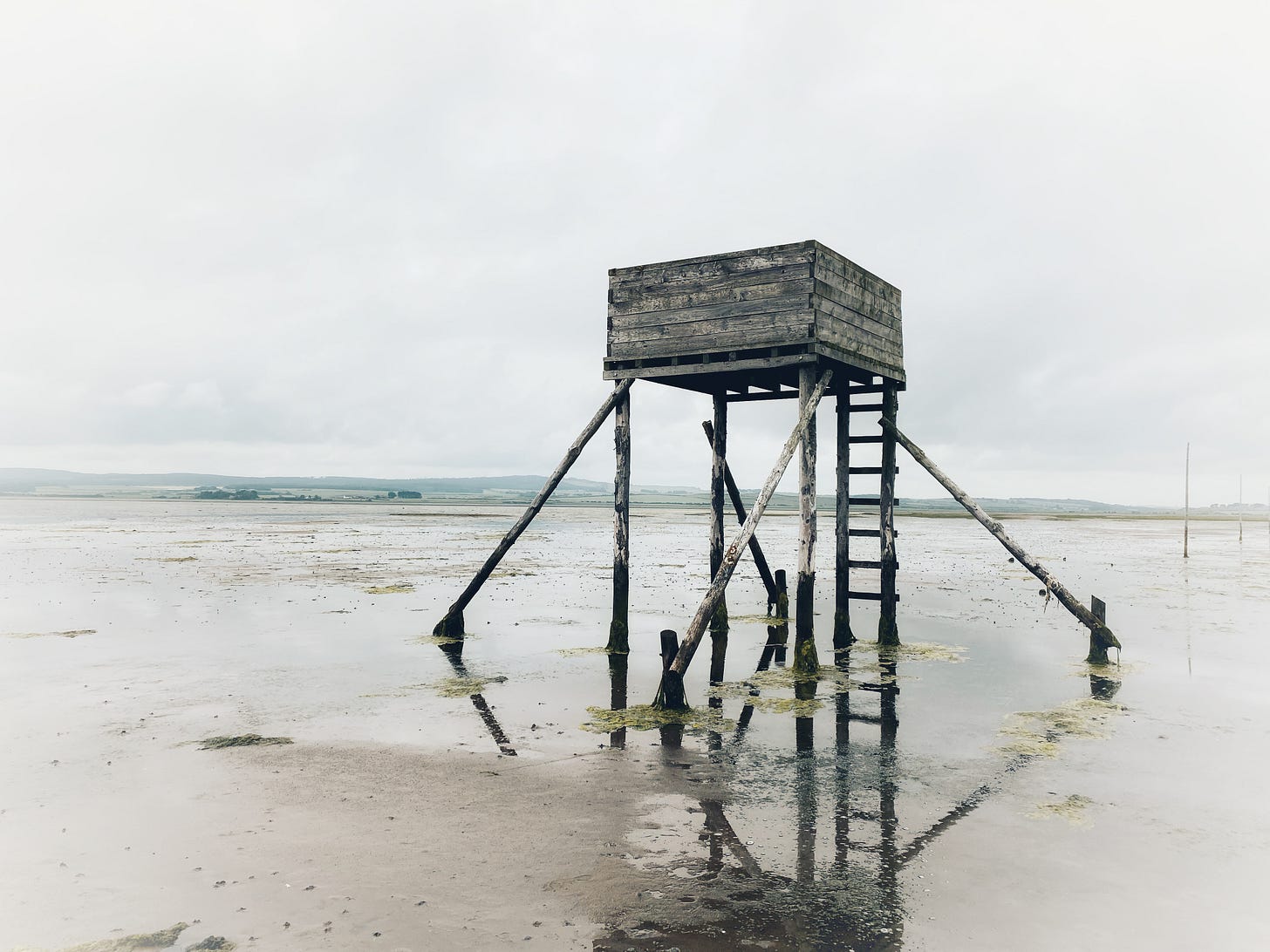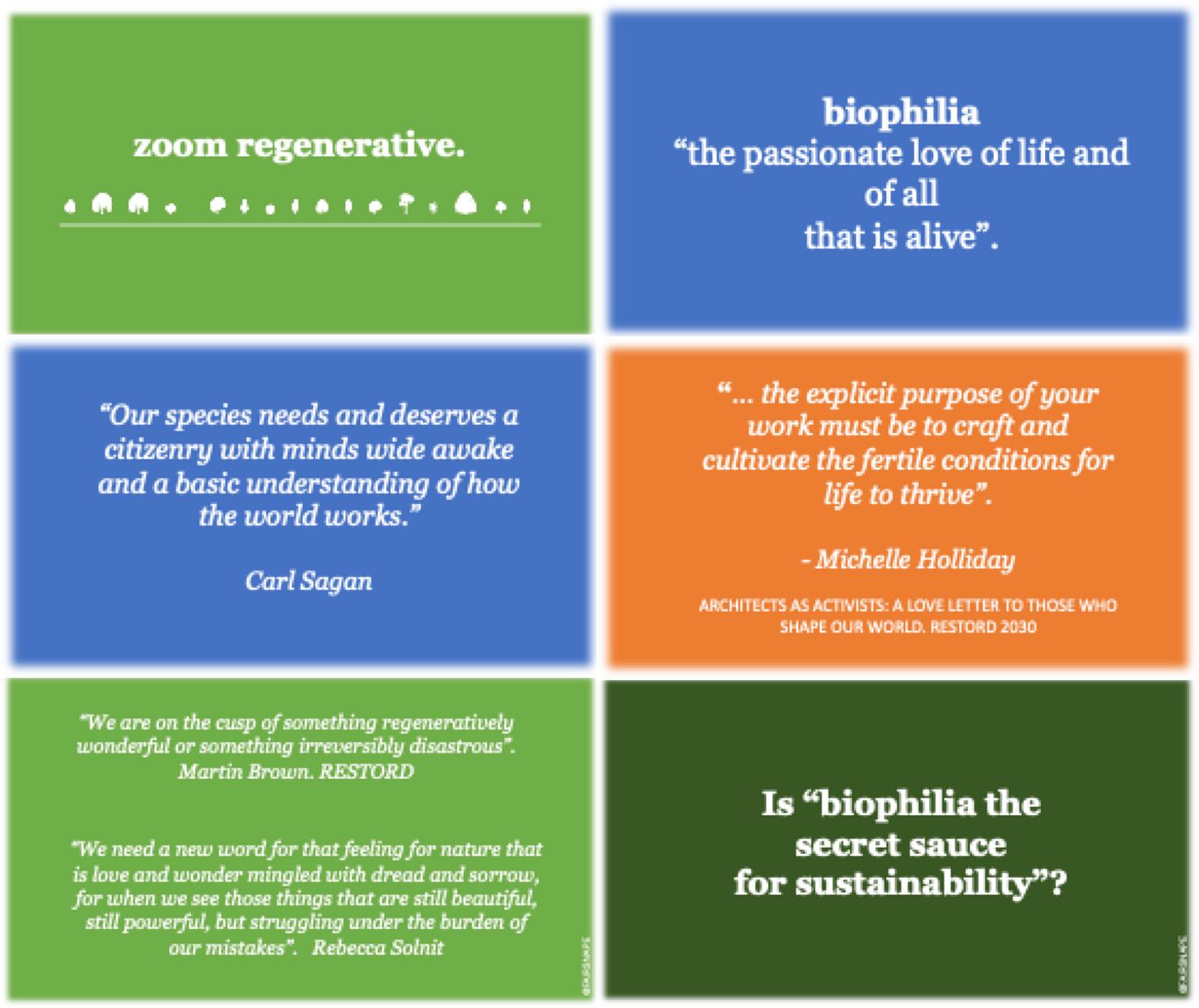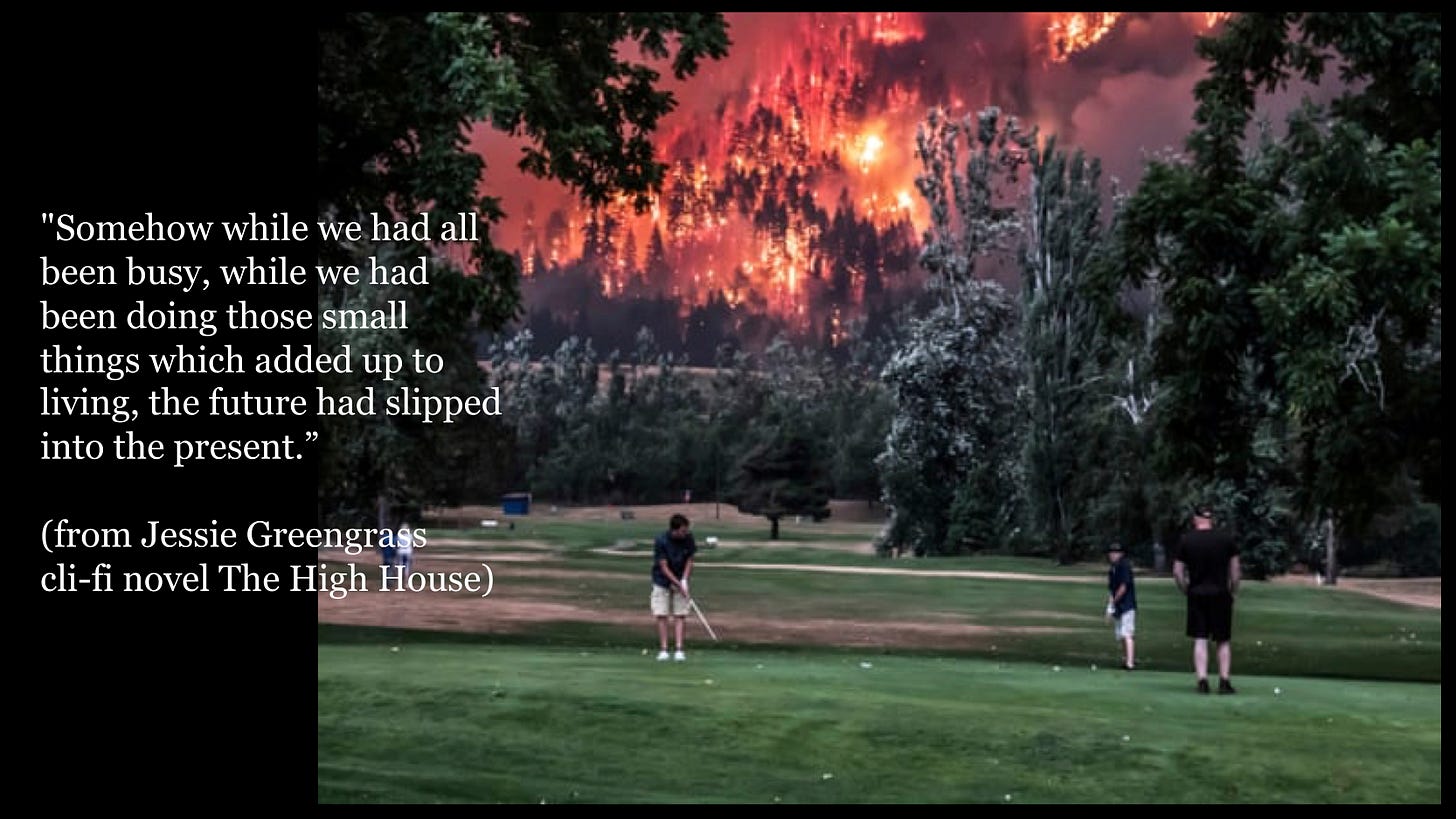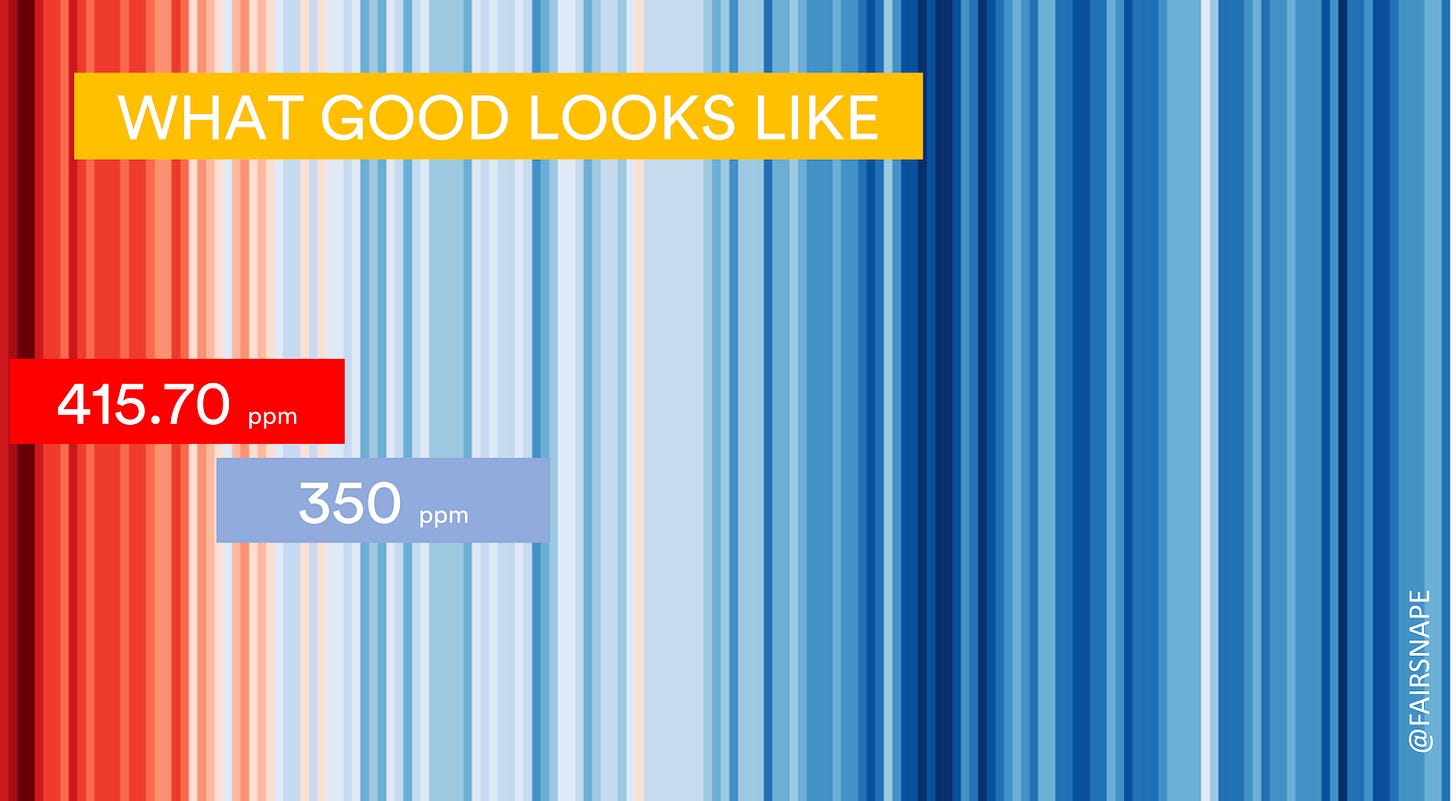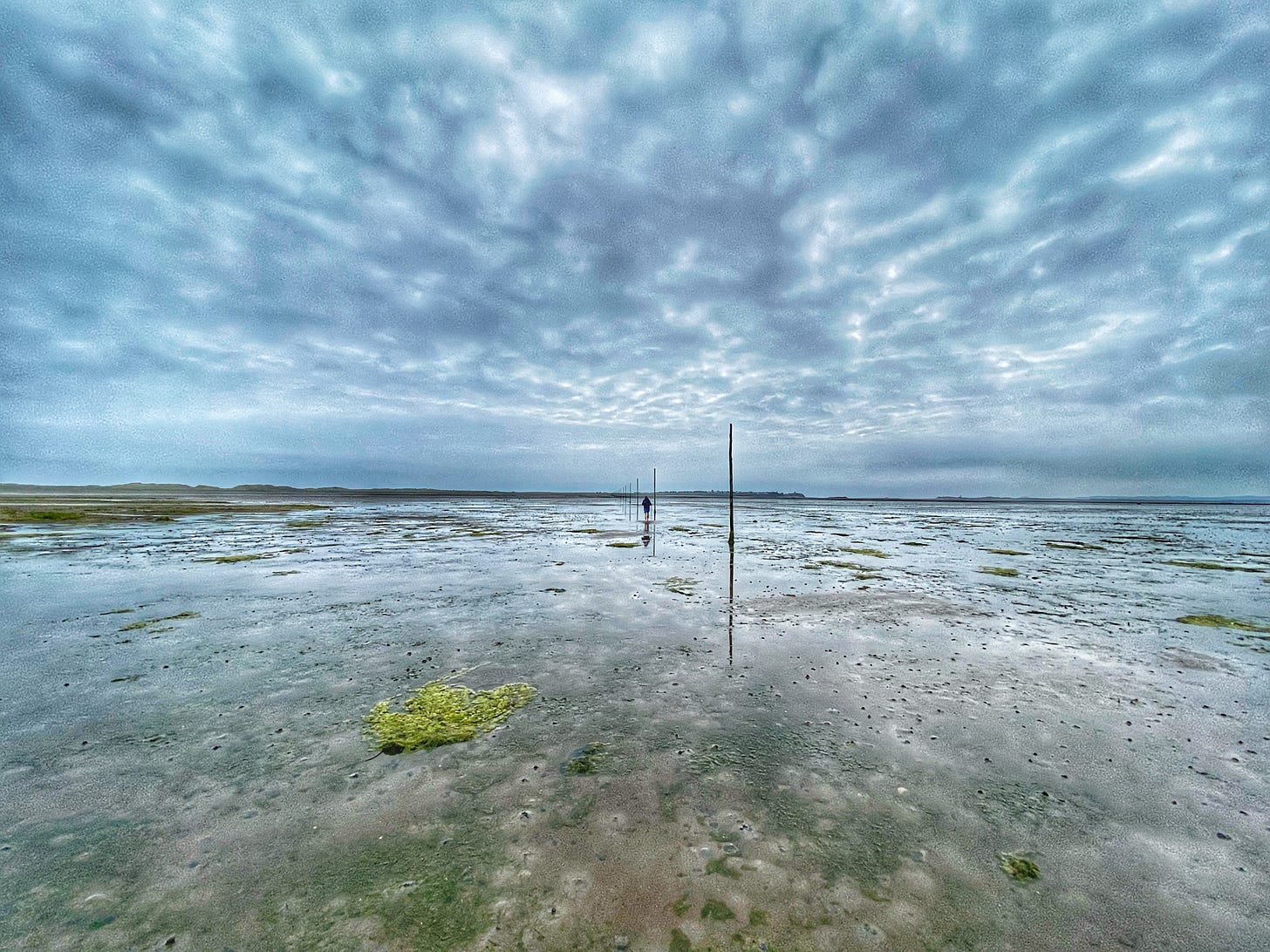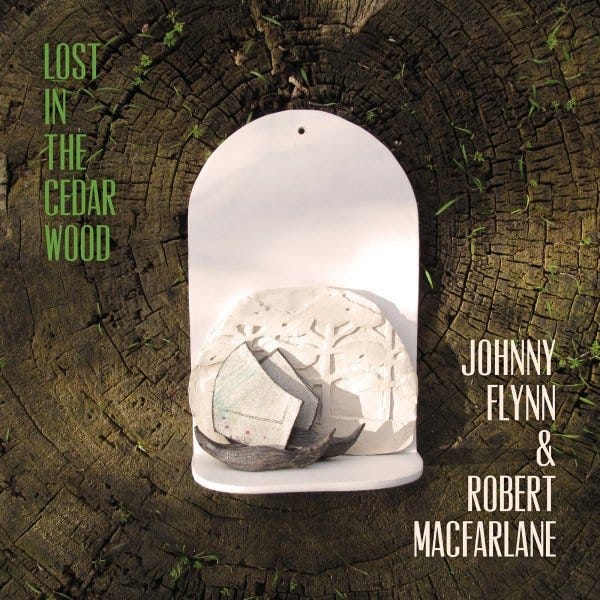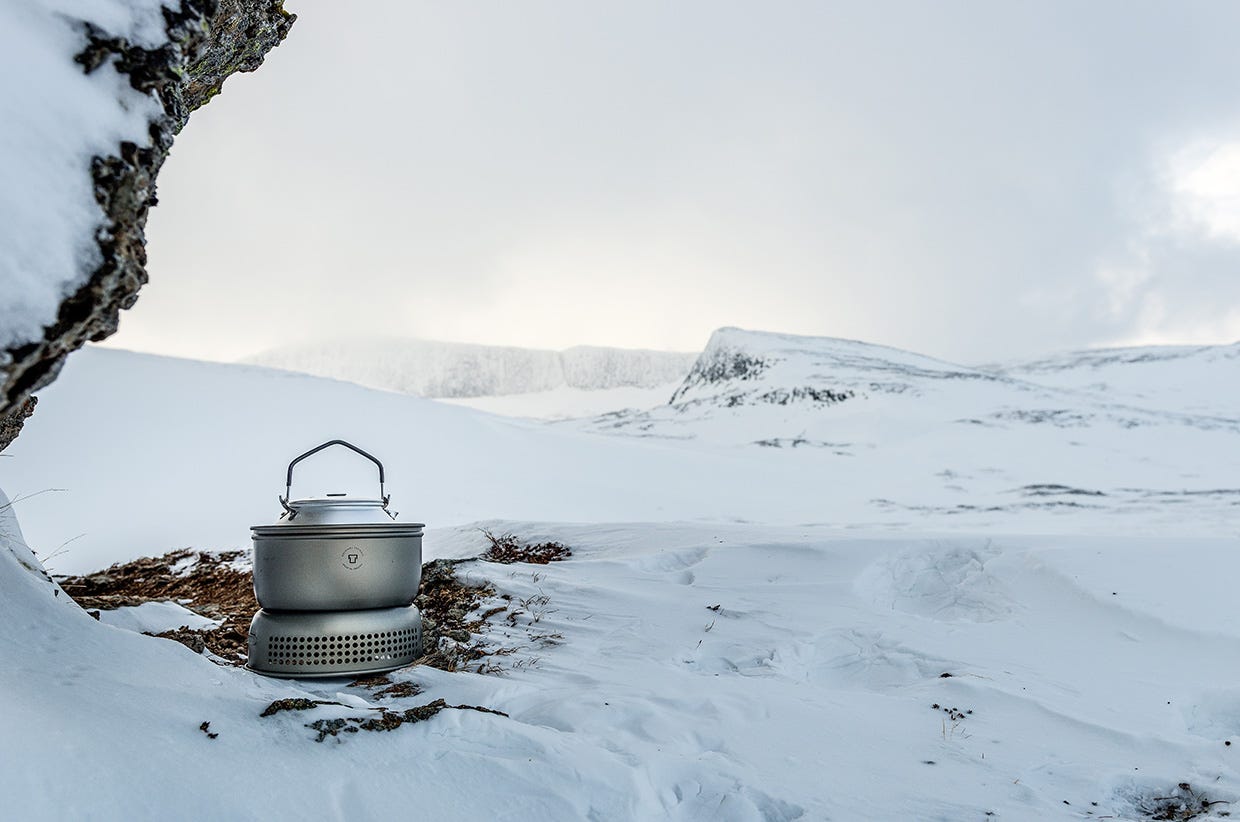Regen-Notes #14
Zoom Regenerative Unleashed, Biophilia, Climate Tipping Points, Walking, With Nature, Carbon, LFE Masterclass.
Welcome to Regen Notes 14, the fortnightly newsletter of nature and regenerative news, stories and more, with a sideways focus on the built environment, curated by Martin Brown. Regen Notes is a companion to Zoom Regenerative.
Zoom Regenerative
What an Inspiring #zoomregenerative ‘unleashed’. Edition 36 closed out the current ZR season, with a wonderful #Biophilia exploration and invigoration, with stories, thoughts, experiences, links, references, case studies and love of life.
Nature Moments + Sensing
Just + Hope
Inclusive Design + Connections
Digital + Artificial
Our next Zoom Regenerative will be on the 7 Sept - make a note of the date and watch out for related content over the summer. Our huge thanks to those supporting the Regens over the last five seasons.
Tipping Points
“We need a new word for that feeling for nature that is love and wonder mingled with dread and sorrow, for when we see those things that are still beautiful, still powerful, but struggling under the burden of our mistakes”
An important and timely article from Rebecca Solnit in the Guardian on climate tipping points (Guardian, Our climate change turning point is right here, right now)
In FutuREstorative tipping points were identified as one of the key concepts of change from business-as-usual sustainability, towards regenerative sustainability. (How systems absorb influences with minimal change until a ‘tipping point’ is reached when there is a sudden and dramatic change).
“We are in a transition phase, with tipping points possible and occurring in any number of sustainability areas” (FutuRestorative, 2016)
Alex Steffen described this as ‘The torque that’s built up in those systems and places and politics’ No one has ever experienced what it’s like to live in (these) places at these temperatures. We’re in the unknown, now; Terra incognita. And here be dragons.
We all now need to learn to think in new ways, and we need to do it fast.
The BBC, Guardian and others reported on how ‘unprecedented’ recent events are - even shocking climate scientists who admitted they failed to predict flood and heat intensity such is the chaotic nature of climate change.
Here in the UK, the first-ever extreme heat warning has been issued by the Met Office.
The emergence of carbon reduction and net-zero carbon becoming a built environment key driver will now, hopefully, be seen as a tipping point in the way we now need to manage and monitor projects and business through the carbon lens.
And the climate events worldwide must now be that tipping point for a more earnest and urgent approach to addressing our climate and ecological emergency? A deeper approach than just carbon monitoring and reporting?
Time to jump off the sustainability paradigm?
FutuREstorative also referenced the management writer Charles Handy’s sigmoid curve thinking to illustrate movement from one state to another through transition and tipping points, from current norms (sustainability business as usual) to new norms (regenerative sustainability thinking). The key to success is to foresee the peak of the curve, the tipping point and to embark on an improved, better-informed transition phase.
Whilst putting this edition of the Regen-Notes together I am prepping a keynote for the Vienna Uni Sustainability Summer School, delivered remotely, with a title of Why The Time for Regenerative is now ...
Whilst climate adaptation is vital, so too is mitigation. It is not climate and ecological breakdown as some science defined entity that is causing the extremes and tipping points. It is our lifestyles, our dependence on fossil fuels, the waste we create, our pursuit of evermore growth and more stuff, and of course of our buildings. We need to work with agency and urgency to address how we bring temperatures and carbon back into balance with the Earth's capacity to cope.
Indeed, abundance in a zero-emission world means no longer extracting, exploiting and wasting finite resources, but rather valuing nature that sustains us. It’s living with an abundance of clean air and water, biodiversity, jobs, healthy food, equality, and justice.
For this reason, I have been using the Warming Stripes by Ed Hawkins in reverse for a good number of talks recently.
“It’s as if we can see the world we want to live in just over time’s horizon; the question is how do we get there?” - Robin Wall Kimmerer
Walking St Cuthbert.
Regen-Notes was away walking the St Cuthbert’s Way pilgrim route last week. Whilst not a pilgrimage in the traditional sense, walking does give time for reflection.
Walking is so beautifully described by Rebecca Solnit in 'Wanderlust' - and in the 'Art of Getting Lost'. (How Walking Vitalises the Meandering of the Mind - Brain Pickings)
Walking, ideally, is a state in which the mind, the body, and the world are aligned, as though they were three characters finally in conversation together, three notes suddenly making a chord. Walking allows us to be in our bodies and in the world without being made busy by them. It leaves us free to think without being wholly lost in our thoughts.
The rhythm of walking generates a kind of rhythm of thinking, and the passage through a landscape echoes or stimulates the passage through a series of thoughts. This creates an odd consonance between internal and external passage, one that suggests that the mind is also a landscape of sorts and that walking is one way to traverse it.
From Lindisfarne St Cuthbert. towards the end of his life sought a hermit lifestyle on the Farne Isles. He would have surely looked out on the islands, on the southeast horizon.
One of the pieces of music that bounced around my mind as I looked out to those islands was ‘Ferryman, Ferryman’, from the brilliant Lost in the Cedar Wood album by Johnny Flynn & Robert Macfarlane
Ferryman, ferryman
Carry my memory on
Out to the island
On the horizon
Following the path of the sun
Following the path of the sun
With Nature
In Building’s comment column - Simon Wyatt argues that Getting back to nature should be the first consideration of sustainable design.
Whilst news of floods around Europe and London broke, so did news of the first baby beaver born in Exmoor for 400 years. Beavers, as ecosystem engineers, will be a natural solution to river flooding, and maybe, their demise over the last 400 years, along with the straightening and culverting of rivers is one of the causes of flooding.
Playing through the greenery and litter of a mini forest’s undergrowth for just one month may be enough to change a child’s immune system, according to a small new experiment. (Daycares in Finland Built a ‘Forest Floor’, And It Changed Children’s Immune Systems)
For those of us who have spent time camping, Trangia Stoves have been the stove of choice. I have used mine for over 40 years and still marvel at its simplicity and efficiency. Sidetracked magazine carried a brilliant Trangia Stove gear history Founded in harmony with nature.
Hemp as an emerging nature-based solution material featured high in one of the Zoom Regen breakout sessions in ZR Unleashed and will feature in an upcoming ZR session in the autumn.
Dezeen featured a short film showing how hemp grown on Margent Farm, Cambridgeshire, was turned into construction materials that sequester carbon.
The farm was bought by film producer Steve Barron to grow hemp for his own home on the property. It shows how fast-growing hemp was planted, harvested and processed into hempcrete and bioplastic cladding on the home, which is called Flat House.
Carbon
What the world needs is transformative, carbon-storing building materials... Which is exactly the title of the new report from Carbon Leadership Forum, co-authored by Builders for Climate Action’s Chris Magwood along with colleagues Julie Kriegh, PhD, AIA and Wil V. Srubar III, PhD! Download the report
The potential for meaningful climate impact through materials that serve as carbon sinks now gives such materials a clear advantage, with the potential to reverse the climate profile of buildings from a leading driver of carbon emissions to carbon reservoirs that can help reverse it.
Findings from this study highlight six materials for use in building foundations, structures, and/or enclosure systems. These materials—earthen slabs, non-portland cement concrete slabs, algae-grown bricks/panels, mycelium structural tubes, purpose-grown fibre, and agricultural waste panels—warrant in-depth examination because they offer novel material technologies or novel material uses with high carbon-storing potential, and they are worthy of investment to accelerate their scaling, manufacturing, and marketable use in the building industry supply chain.
Net Zero Carbon checklist. At Fairsnape we have developed a checklist for preparing, or indeed to checking, net-zero strategies or statements. If you would like a copy please do follow the links in the linktree link at the foot of this newsletter .
“Beware the low carbon illusion of organisations that focus on carbon reduction as the only solution to the climate and ecological breakdown”.
Events
COP26: UKGBC Open call launched for COP26 Built Environment Virtual Pavilion
LFE Masterclass: At Living Future Europe we have established the ‘Living Future Europe Masterclass’, an online educational program running between September and December 2021, where we will address the ‘why’, the ‘what’ and the ‘how’ of living buildings, products, and communities.
Why - the rationale and urgency behind the need for a paradigm shift in the built environment design, construction and building management.
What - the most advanced applicable frameworks that developers, designers, builders, manufacturers can adopt to achieve this new type of regenerative buildings.
How - sound and robust examples and best practices immediately applicable, coming from the experience of our first more than 750 ILFI registered building projects globally.
Zoom Regenerative: Re-zooms in September and look out for podcasts of recent conversations and more.
Keep Connected
(Regen-Notes #15 (the next edition) will launch a paid for subscription. Details of discounts for early subscribers and more services soon. Free subscriptions will of course continue.)



